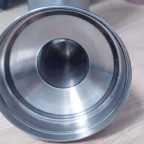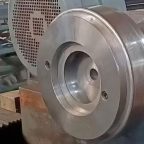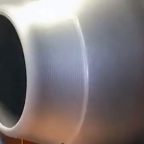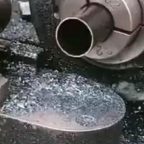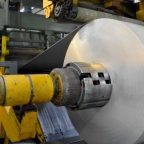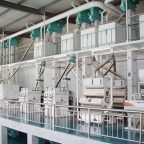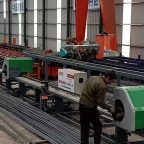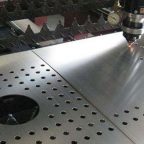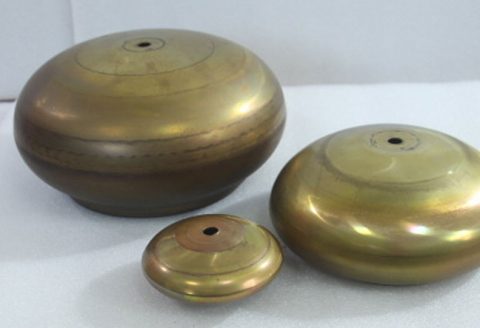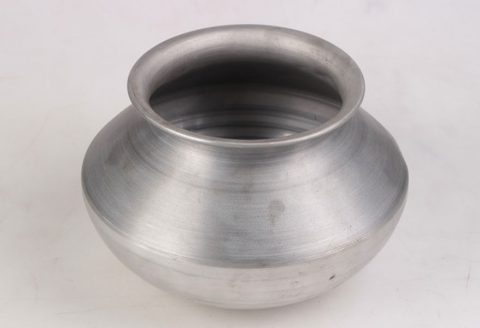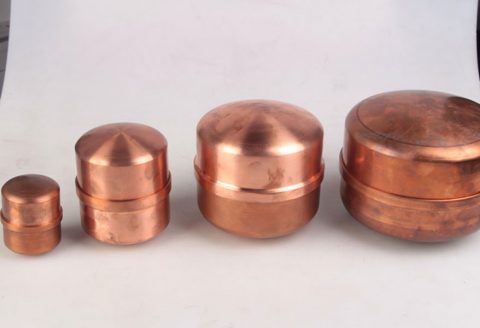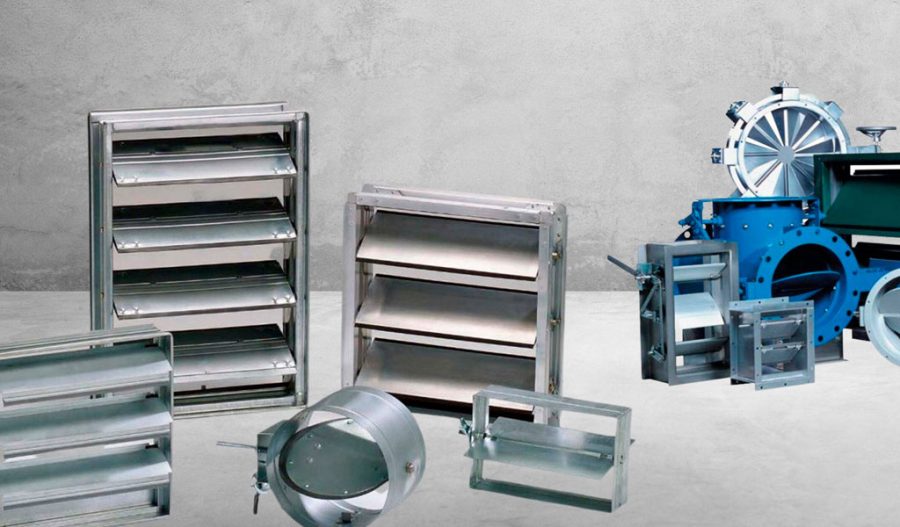
American Standard Heating, Ventilation, and Air Conditioning (HVAC) parts are integral components of one of the most recognized brands in the HVAC industry, known for producing reliable, energy-efficient, and durable systems for residential and light commercial applications. Founded in 1929 through the merger of the Standard Sanitary Manufacturing Company and the American Radiator Company, American Standard has evolved into a leading manufacturer of HVAC equipment, offering a wide range of parts that support air conditioners, heat pumps, furnaces, air handlers, and indoor air quality systems. This article explores the technical specifications, functionality, and comparative analysis of American Standard HVAC parts, emphasizing their role in modern climate control systems.
Historical Context and Brand Evolution
American Standard’s journey in the HVAC sector began with its roots in plumbing and heating solutions. The company’s initial focus on cast iron radiators and convection heaters laid the groundwork for its expertise in thermal management. By the mid-20th century, American Standard expanded into air conditioning, capitalizing on post-World War II demand for residential climate control. In 2007, Ingersoll Rand acquired American Standard’s HVAC division, aligning it closely with Trane, another Ingersoll Rand subsidiary. This acquisition resulted in shared manufacturing processes, design philosophies, and component sourcing, making American Standard and Trane parts nearly identical in many respects, though marketed under distinct brand identities.
The brand’s commitment to innovation is evident in its Systems Extreme Environmental Testing (SEET) laboratory, where parts and systems undergo over 2,600 hours of rigorous testing under simulated harsh conditions. This process ensures that components like compressors, coils, and heat exchangers meet high durability standards, contributing to American Standard’s reputation for reliability.
Core Components of American Standard HVAC Systems
American Standard HVAC systems rely on a variety of parts, each designed to optimize performance, efficiency, and longevity. Below is an in-depth examination of the primary components.
Compressors
The compressor is the heart of any HVAC system, responsible for circulating refrigerant through the system to facilitate heat exchange. American Standard employs both reciprocating and scroll compressors, depending on the model tier.
- Reciprocating Compressors: Found in entry-level models like the Silver 13 air conditioner, these compressors use a piston-cylinder mechanism. While less efficient than scroll designs, they are cost-effective and reliable for smaller systems. Their Seasonal Energy Efficiency Ratio (SEER) ratings typically range from 13 to 14.5, meeting minimum U.S. Department of Energy standards as of 2025.
- Scroll Compressors: Used in higher-tier models such as the Gold and Platinum series (e.g., Platinum 20), scroll compressors feature two interleaved scrolls—one stationary and one orbiting—to compress refrigerant. This design reduces vibration, noise, and energy consumption, achieving SEER ratings up to 20.5. The scroll compressor’s smoother operation enhances system lifespan, often exceeding 15 years with proper maintenance.
Coils
Heat exchange coils—evaporator and condenser—are critical for transferring heat between indoor and outdoor environments.
- Evaporator Coils: Located in the indoor unit, these coils absorb heat from indoor air as refrigerant evaporates. American Standard uses all-aluminum coils in most models, which resist corrosion better than traditional copper-aluminum designs. The Spine Fin™ technology, a proprietary feature, increases surface area with thousands of tiny aluminum fins, improving heat transfer efficiency by up to 20% compared to flat-plate designs.
- Condenser Coils: Positioned in the outdoor unit, condenser coils release absorbed heat into the atmosphere. Enhanced with protective coatings like Duration™, these coils withstand harsh weather conditions, including salt spray in coastal regions, extending operational life beyond 10 years in corrosive environments.
Heat Exchangers
In gas furnaces, the heat exchanger transfers combustion heat to the air circulated through the home. American Standard’s heat exchangers are constructed from aluminized steel or stainless steel, depending on the model.
- Aluminized Steel: Found in mid-tier furnaces like the Silver 80, these exchangers balance cost and durability, with a typical lifespan of 15–20 years. They are prone to corrosion in high-humidity environments unless paired with proper ventilation.
- Stainless Steel: Used in premium models like the Platinum 95, stainless steel resists oxidation and thermal fatigue, supporting warranties up to 20 years. The tubular design enhances heat transfer, contributing to Annual Fuel Utilization Efficiency (AFUE) ratings as high as 97.3%.
Blowers and Motors
Blower motors circulate conditioned air through ductwork. American Standard offers single-stage, two-stage, and variable-speed motors.
- Single-Stage Motors: Common in budget models, these operate at a fixed speed, providing consistent but less adaptable airflow. Efficiency is lower, with energy consumption peaking during continuous operation.
- Two-Stage Motors: Found in mid-range units, these adjust between high and low speeds, improving comfort and reducing energy use by approximately 15% compared to single-stage designs.
- Variable-Speed Motors: Exclusive to premium lines like the AccuComfort™ Platinum series, these electronically commutated motors (ECMs) adjust speed incrementally, optimizing airflow and reducing energy costs by up to 40%. Noise levels drop below 55 decibels, enhancing indoor comfort.
Thermostats and Controls
American Standard’s thermostats range from basic digital models to smart systems like the AccuLink™ Platinum 1050. These devices regulate system operation, integrating with variable-speed components to maintain precise temperature control (±0.5°F). The American Standard Home app enables remote monitoring, leveraging Wi-Fi connectivity for energy management, a feature that reduces annual HVAC costs by 10–15% when optimized.
Proprietary Technologies
American Standard incorporates several proprietary technologies into its parts, distinguishing them from competitors.
- AccuComfort™ Technology: This variable-speed system adjusts compressor and blower operation in 0.1% increments, maintaining consistent indoor conditions while achieving SEER ratings above 20. It reduces humidity by up to 60% more effectively than single-stage systems.
- Spine Fin™ Coils: As noted, this design enhances heat transfer, improving efficiency and reducing refrigerant charge requirements by 10–15% compared to traditional coils.
- Duration™ Protection: A weather-resistant coating on outdoor components, this extends part longevity in extreme climates, validated by SEET testing to withstand 1,500 hours of salt spray exposure.
Comparative Analysis of American Standard Parts
To evaluate American Standard HVAC parts scientifically, a comparison with competitors like Carrier, Lennox, and Trane is essential. The following tables detail key specifications and performance metrics.
Table 1: Compressor Comparison Across Brands
| Brand | Compressor Type | SEER Range | Noise Level (dB) | Lifespan (Years) | Warranty (Years) |
|---|---|---|---|---|---|
| American Standard | Reciprocating/Scroll | 13–20.5 | 50–70 | 12–18 | 10 |
| Carrier | Scroll/Inverter | 16–26 | 48–68 | 15–20 | 10 |
| Lennox | Scroll/Inverter | 14–26 | 45–65 | 15–22 | 10–12 |
| Trane | Scroll | 14–18 | 52–72 | 12–18 | 10 |
Analysis: American Standard’s scroll compressors compete well with Carrier and Lennox in efficiency, though they lag behind Carrier’s Infinity Series (26 SEER) and Lennox’s XC25. Noise levels are comparable, but Trane and American Standard share similar durability due to shared manufacturing, with warranties aligning at 10 years.
Table 2: Coil Comparison Across Brands
| Brand | Coil Material | Technology | Efficiency Boost (%) | Corrosion Resistance | Warranty (Years) |
|---|---|---|---|---|---|
| American Standard | All-Aluminum | Spine Fin™ | 20 | High | 10 |
| Carrier | Copper/Aluminum | Microtube | 15 | Moderate | 10 |
| Lennox | All-Aluminum | Quantum Coil | 18 | High | 10 |
| Trane | All-Aluminum | Spine Fin™ | 20 | High | 10 |
Analysis: The Spine Fin™ technology gives American Standard and Trane an edge in heat transfer efficiency and corrosion resistance, outperforming Carrier’s copper-aluminum mix. Lennox’s Quantum Coil is a close competitor, though slightly less efficient.
Table 3: Heat Exchanger Comparison Across Brands
| Brand | Material | AFUE Range (%) | Lifespan (Years) | Warranty (Years) |
|---|---|---|---|---|
| American Standard | Aluminized/Stainless | 80–97.3 | 15–25 | 20 |
| Carrier | Stainless Steel | 80–98.5 | 20–30 | 20–Lifetime |
| Lennox | Stainless Steel | 80–99 | 20–30 | 20–Lifetime |
| Trane | Aluminized/Stainless | 80–97 | 15–25 | 20 |
Analysis: American Standard’s stainless steel heat exchangers match Trane’s, with high AFUE ratings. Carrier and Lennox offer marginally higher efficiency and occasionally lifetime warranties, appealing to long-term homeowners.
Performance Metrics and Energy Efficiency
Energy efficiency is a critical factor in HVAC part performance. American Standard’s SEER ratings for air conditioners range from 13 (Silver series) to 20.5 (Platinum series), while AFUE for furnaces spans 80% to 97.3%. The U.S. Department of Energy mandates minimum SEER ratings of 14 in northern states and 15 in southern states as of 2023, updated in 2025 to reflect regional climate demands. American Standard exceeds these thresholds in most models, with variable-speed technology reducing energy consumption by 20–40% compared to single-stage systems, per DOE estimates.
The Energy Star certification, awarded to models like the Platinum 20, indicates a 15% efficiency gain over non-certified units. This translates to annual savings of $100–$200 on energy bills for a 2,000-square-foot home, depending on local rates and climate.
Durability and Maintenance
American Standard parts are engineered for longevity, with compressors and coils lasting 12–18 years and heat exchangers up to 25 years under optimal conditions. Maintenance requirements include:
- Filter Replacement: Every 30–90 days to maintain airflow and efficiency.
- Coil Cleaning: Annually to prevent dust buildup, which can reduce efficiency by 5–10%.
- Professional Inspections: Annual checks to detect wear in motors, refrigerant leaks, or heat exchanger cracks, costing $100–$200 per visit.
The SEET testing validates durability, simulating 15 years of wear in months, ensuring parts withstand temperature extremes (-20°F to 120°F), humidity (up to 95%), and corrosive agents.
Cost and Availability
American Standard parts are priced competitively within the premium HVAC segment. Replacement costs vary:
- Compressor: $500–$1,500 (excluding labor).
- Evaporator Coil: $400–$1,000.
- Heat Exchanger: $600–$2,000.
- Blower Motor: $200–$800.
Availability is robust through American Standard’s network of over 6,000 dealers and online suppliers like Ferguson and Shortys HVAC Supplies. OEM (Original Equipment Manufacturer) parts ensure compatibility, though pricing may be 10–20% higher than generic alternatives.
Environmental Impact
American Standard parts contribute to reduced environmental footprints through high efficiency and low refrigerant charge designs. The transition to R-410A refrigerant, a hydrofluorocarbon with zero ozone depletion potential, aligns with EPA regulations phasing out R-22 by 2030. However, R-410A’s global warming potential (GWP) of 2,088 remains a concern, prompting research into lower-GWP alternatives like R-32, which American Standard may adopt in future models.
Conclusion
American Standard HVAC parts exemplify a blend of durability, efficiency, and innovation, rooted in nearly a century of engineering expertise. From compressors to heat exchangers, these components are designed to meet diverse climate control needs while competing effectively with industry leaders like Carrier and Lennox. Their integration of proprietary technologies like AccuComfort™ and Spine Fin™ enhances performance, though they fall short of the highest SEER ratings offered by some rivals. For homeowners and light commercial users, American Standard parts offer a reliable, cost-effective solution, backed by extensive testing and a robust dealer network.
Maximize Tooling and CNC Metal Spinning Capabilities.

At BE-CU China Metal Spinning company, we make the most of our equipment while monitoring signs of excess wear and stress. In addition, we look into newer, modern equipment and invest in those that can support or increase our manufacturing capabilities. Our team is very mindful of our machines and tools, so we also routinely maintain them to ensure they don’t negatively impact your part’s quality and productivity.
Talk to us today about making a rapid prototype with our CNC metal spinning service. Get a direct quote by chatting with us here or request a free project review.
BE-CU China CNC Metal Spinning service include : CNC Metal Spinning,Metal Spinning Die,Laser Cutting, Tank Heads Spinning,Metal Hemispheres Spinning,Metal Cones Spinning,Metal Dish-Shaped Spinning,Metal Trumpet Spinning,Metal Venturi Spinning,Aluminum Spinning Products,Stainless Steel Spinning Products,Copper Spinning Products,Brass Spinning Products,Steel Spinning Product,Metal Spinnin LED Reflector,Metal Spinning Pressure Vessel,
